You’re trying to enjoy your lunch break, and your dog’s going berserk—again. All because a bird dared to land on the window. You’ve checked the glass. You’ve scolded. You’ve redirected. But every single time? Bark-bark-bark! It’s frustrating, especially when it feels like there’s no off-switch.
But here’s the thing: it’s not just your dog. Some breeds are biologically wired to notice movement and alert their humans. Birds are fast. They flutter, peck, and make sudden appearances.
For certain dogs, that’s enough to sound the alarm. And they take that job seriously. While training can help, understanding the root of the behavior starts with breed traits.
If you feel like you live in a noisy bird alert system, you’re probably not imagining it. This article breaks down the dog breeds most likely to bark when birds land on your windows—and explains why it’s not just random noise.
Dog Breeds That Bark When Birds Land On Windows
1. Chihuahua
Chihuahuas are known for their alertness and a natural tendency to bark at anything unusual. When a bird lands near the window, their heightened senses pick up the movement, and they often reacts instantly. Their sharp ears and keen eyesight make them excellent sentinels for small disturbances.
Vocalization Instinct
Their bark is high-pitched and energetic, often louder than expected for such a small dog. This vocal response to birds or any movement outside the window is part of their strong territorial instincts. They see these unexpected visitors as intruders and alert their home to their presence.
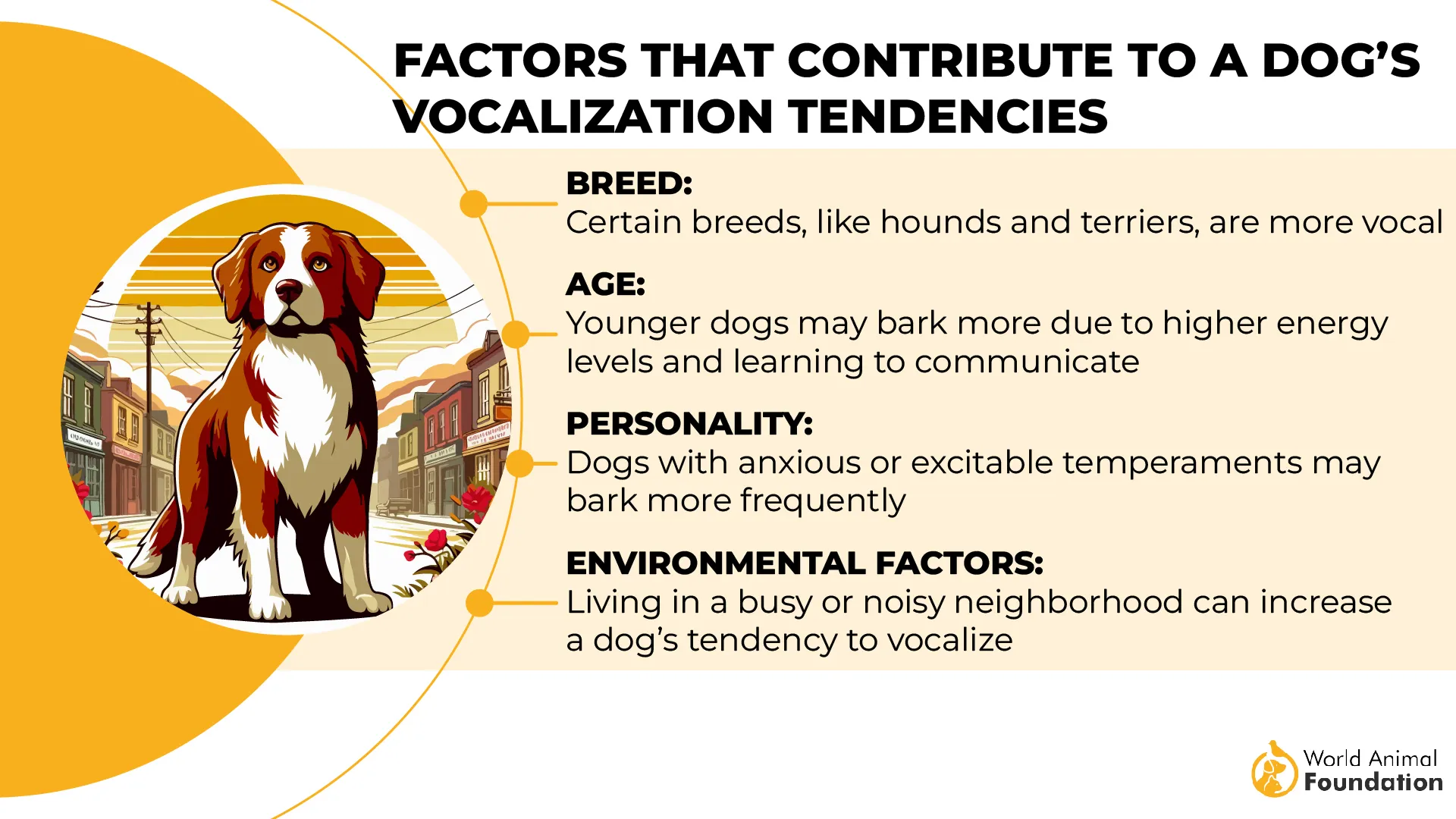
Strong Protective Drive
Despite their size, Chihuahuas are fiercely protective of their territory. They view any new presence, including birds outside the window, as a challenge to their domain. Their vocal response acts as an early warning, signaling to others in the home about potential threats.
Quick Reactions to Movements
Chihuahuas don’t hesitate to bark at sudden movements. Whether it’s the flutter of a bird’s wings or a quick landing, they immediately recognize the change. This natural instinct makes them great for alerting people in homes with frequent bird visits or wildlife activity around windows.
2. Beagle
Beagles are scent hounds, but their response to movement is just as sharp as their nose, as stated in the National Beagle Club of America. The flutter or sudden landing of a bird outside a window instantly draws their attention. Once they pick up that motion, barking follows as a natural reaction to alert or investigate.
Persistent Vocalization
Their bark has a unique tone, sometimes shifting into a howl when they feel the need to signal. Birds near windows often trigger this behavior, especially if the activity continues. The repetition of movement holds their focus, keeping them on high alert.
Heightened Curiosity
Beagles are intensely curious and won’t ignore anything unusual within their field of view. A bird pecking at a glass pane or flying too close becomes a point of investigation. This alert response, if not addressed early, can become part of a routine pattern.
Pack-Oriented Response
Living with other dogs can amplify the Beagle’s barking, especially in a group setting. This breed often reacts louder when others are involved or nearby, making the reaction more intense. Many dog owners find that keeping windows clear of visual triggers reduces the frequency.
3. Miniature Schnauzer
Miniature Schnauzers are watchdogs and regularly patrol windows or entryways throughout the day. Even small airborne changes, like a bird fluttering outside, can trigger a focused reaction. Their constant awareness often makes them the first to notice movement in or near the house.
Sharp, Purposeful Barking
They’re quite vocal and use barking to mark new stimuli, especially quick or unpredictable ones like birds landing, as stated in Petplan. The sound isn’t random; it reflects immediate attention and territorial sensitivity. Their bark usually continues until the movement stops or is no longer visible.
Natural Watchdog Instincts
Miniature Schnauzers were bred for alertness and carry that drive into indoor settings. They often position themselves near windows, reacting to anything unusual without hesitation. This makes them ideal for families wanting a dog that keeps tabs on sudden bird landings or passing animals.
High Energy and Quick Triggers
Because of their energetic personality, these dogs respond fast to movement and noise. A bird tapping glass or flapping wings during a walk outside the window can quickly get their attention. Many owners have noted this behavior continues even after proper training and socialization.
4. Bloodhound

Bloodhounds are incredibly reactive to unfamiliar scents, but they’re also sensitive to soft sounds. When birds flutter or peck near windows, the sudden audio triggers a bark. Their ears often twitch before they vocalize, indicating early detection of faint environmental cues.
Deep and Persistent Barking
Their bark is low, resonant, and tends to be sustained once they’re focused on a sound or sight. A bird tapping on the glass or fluttering wings often becomes a point of fixation. This intensity continues until they confirm whether the “intrusion” has ended or not.
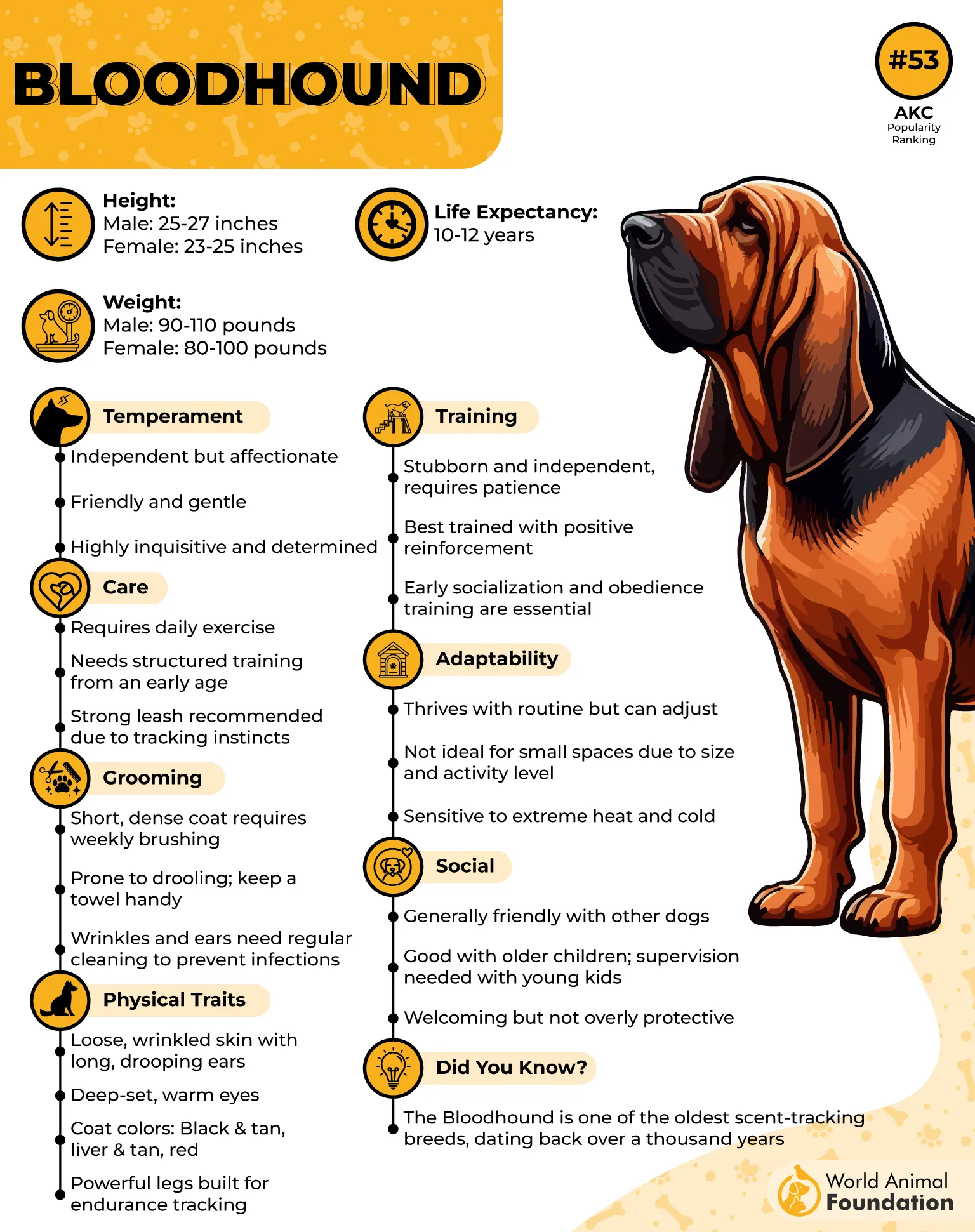
Easily Distracted Indoors
Though they’re scent-driven outdoors, Bloodhounds indoors tend to react quickly to unexpected visual movement. A bird’s motion near a window pulls their attention sharply and causes a vocal outburst. Their alert mode remains activated long after the motion passes.
Barking Driven by Focus
Bloodhounds can stay locked onto a target they can’t fully access, like birds behind glass. This leads to prolonged barking episodes near windows, especially in quiet homes. Their tracking brain treats the bird’s movement as part of a pursuit instinct they can’t fully complete.
5. Dachshund

Dachshunds were developed to detect and chase burrowing animals, so they’re wired to notice even the slightest activity. A bird flapping outside a window can instantly set off their alarm. Their sharp eyesight and quick head turns show just how tuned in they are.
Persistent Barking Pattern
Once triggered, a Dachshund doesn’t just bark once — they tend to repeat the behavior until the perceived intruder is gone. Even brief movements like a bird hopping on the sill can provoke ongoing vocal reactions. This makes them one of the more vocal watchdogs for tiny outdoor shifts.

Heightened Curiosity Indoors
They often keep watch from couches, window ledges, or low furniture, scanning for what’s outside. Their curious temperament keeps them alert throughout the day, especially in homes with regular bird visits. They will track winged motion and stay focused for minutes at a time.
High Sensory Sensitivity
Their strong nose and ears complement their sight, creating a layered alert system for anything happening near windows. They can sense the flutter before even seeing it, leading to a sudden bark that catches attention fast. This layered sensitivity makes them active indoor sentinels.
6. Smooth Fox Terrier

This breed has sharp vision and a strong instinct to respond to sudden movement. Birds fluttering past glass surfaces often trigger an alert bark. Their fast reaction is tied to their history as active hunters of small, quick-moving prey.
Distinctive Barking Pattern
Smooth Fox Terriers are known for their loud, high-energy bark that repeats in fast succession. This vocal behavior can be easily activated by birds landing on or near windows. Their tendency to vocalize stems from both territoriality and excitement.
Prey-Driven Focus Indoors
Although no longer used widely for hunting, their prey drive remains strong in household settings. A bird tapping at a window or flying close can activate chasing instincts. These signals prompt alert barking, even if the dog can’t physically reach the source.
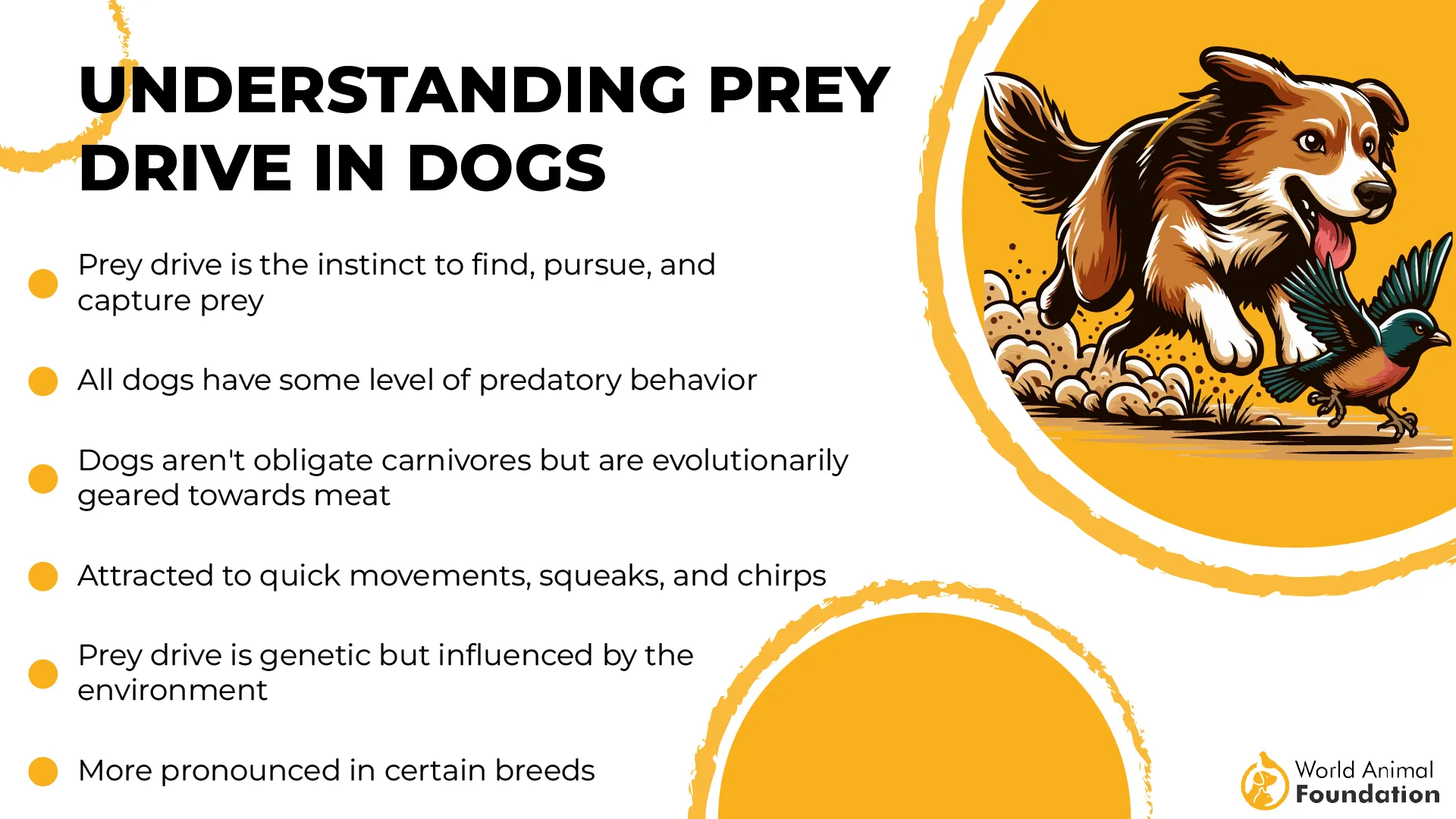
Active Window Watchers
Due to their high activity level and natural curiosity, these dogs often monitor windows and doors throughout the day. When they spot movement, their response is immediate. Even repetitive bird visits can keep their attention on high alert.
7. Jack Russell Terrier

Jack Russells have fast-reacting senses that pick up even minor shifts in their surroundings. A bird landing on a window or fluttering past can trigger an instant bark. Their eyes and ears stay alert even while resting, tuned into high-frequency activity outdoors.
Natural Prey Response
This breed was developed for hunting small animals, so it reacts sharply to bird-like movement, as per Britannica. When they spot feathers or wings moving nearby, they often respond vocally and with intensity. Their natural alertness gives them an edge in noticing even distant motion.
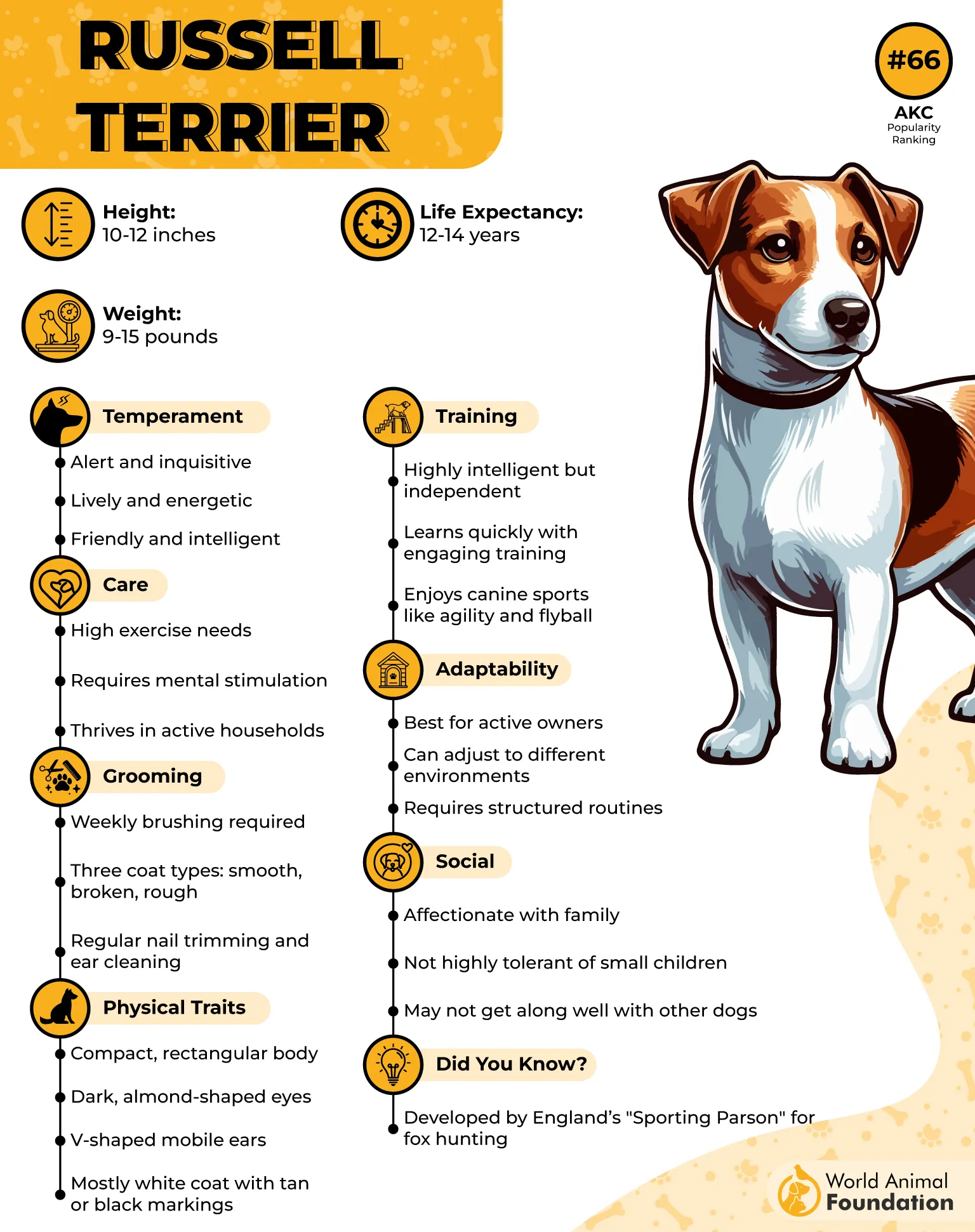
Intensity in Small Spaces
Jack Russells can detect and respond to outdoor activity from across the room. Their size doesn’t limit how intensely they guard windows and walls. When they notice birds landing repeatedly, they may return to that spot often, expecting more activity.
Pattern Recognition
They quickly notice repeated sounds or movements and develop a habit of responding to them. If birds regularly hit the same window, a Jack Russell will memorize and track that area. Their mental focus keeps them engaged with the slightest variation in the pattern.
8. Siberian Husky

Siberian Huskies have sharp eyesight that reacts quickly to fluttering movements, even through glass. Their natural prey drive kicks in when a bird lands nearby, especially if it moves suddenly. This triggers alert behaviors that often include barking or howling.
Reactivity to Sudden Changes
Even minor outdoor changes catch their attention, which is why a bird landing on a window ledge rarely goes unnoticed. Huskies respond not out of fear but through instinctive engagement. This makes them vocal even when there’s no direct interaction.
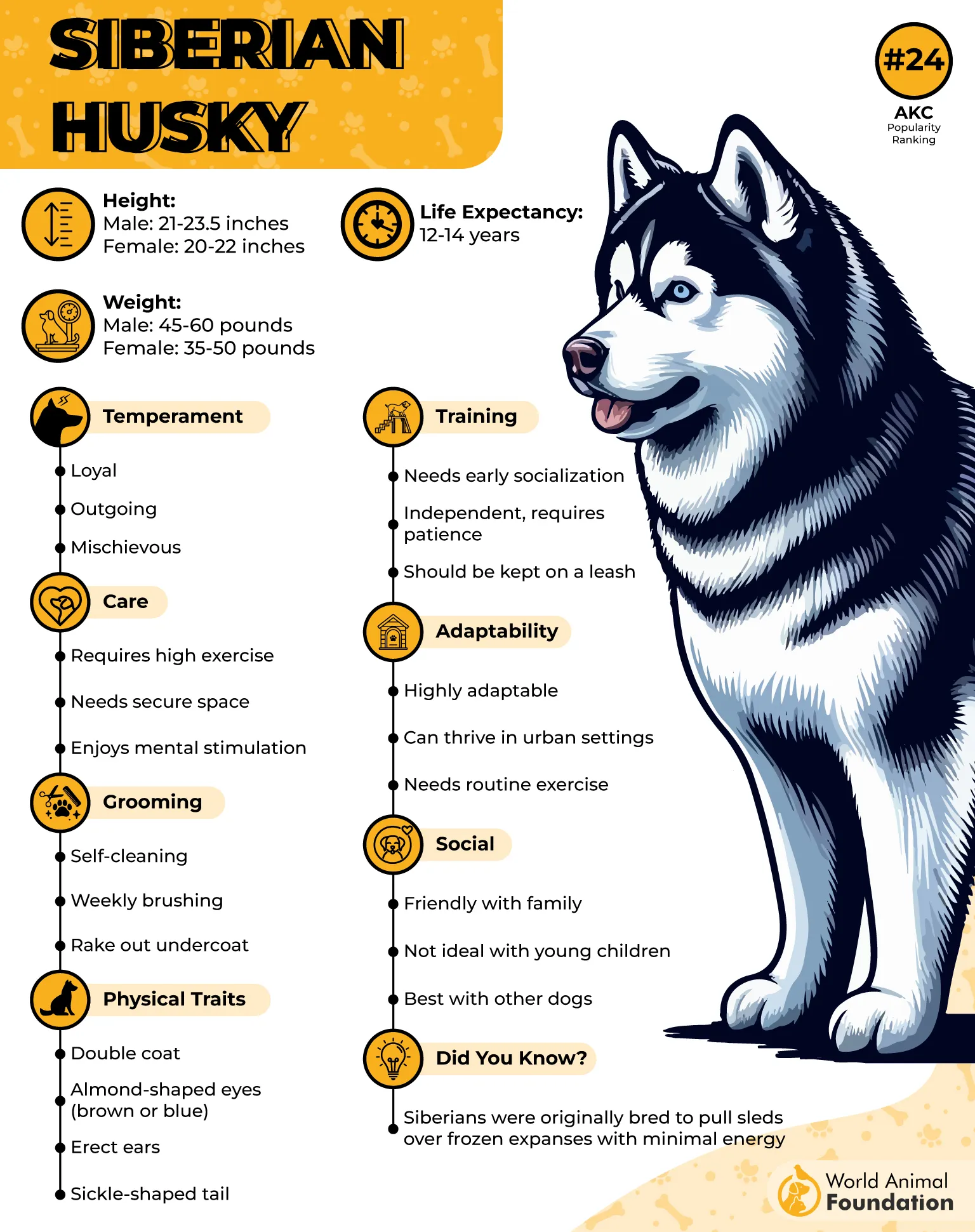
Strong Pack Awareness
These dogs often vocalize to communicate with their environment, especially when they sense new activity. Birds appearing suddenly near the window disrupt the usual space, prompting them to signal their presence. This habit comes from their group-oriented instincts.
Expressive and Vocal Nature
Huskies are known for using a range of vocalizations, including barks, howls, and whines. When birds arrive, these sounds often follow as part of their expression of curiosity. Their volume and persistence can make even small bird visits feel like events.
9. West Highland White Terrier

This breed has excellent motion detection and often reacts instantly to fluttering wings or shadows. A bird landing on the window is enough to trigger a sharp bark. Their instincts are tuned to detect and respond to quick, small movements in their field of vision.
High Startle Response
Westies are naturally reactive and prone to barking at sudden visual or auditory stimuli. Birds tapping the glass or fluttering against it activate their watchdog behavior. This response is especially common in homes where windows face trees or open areas.
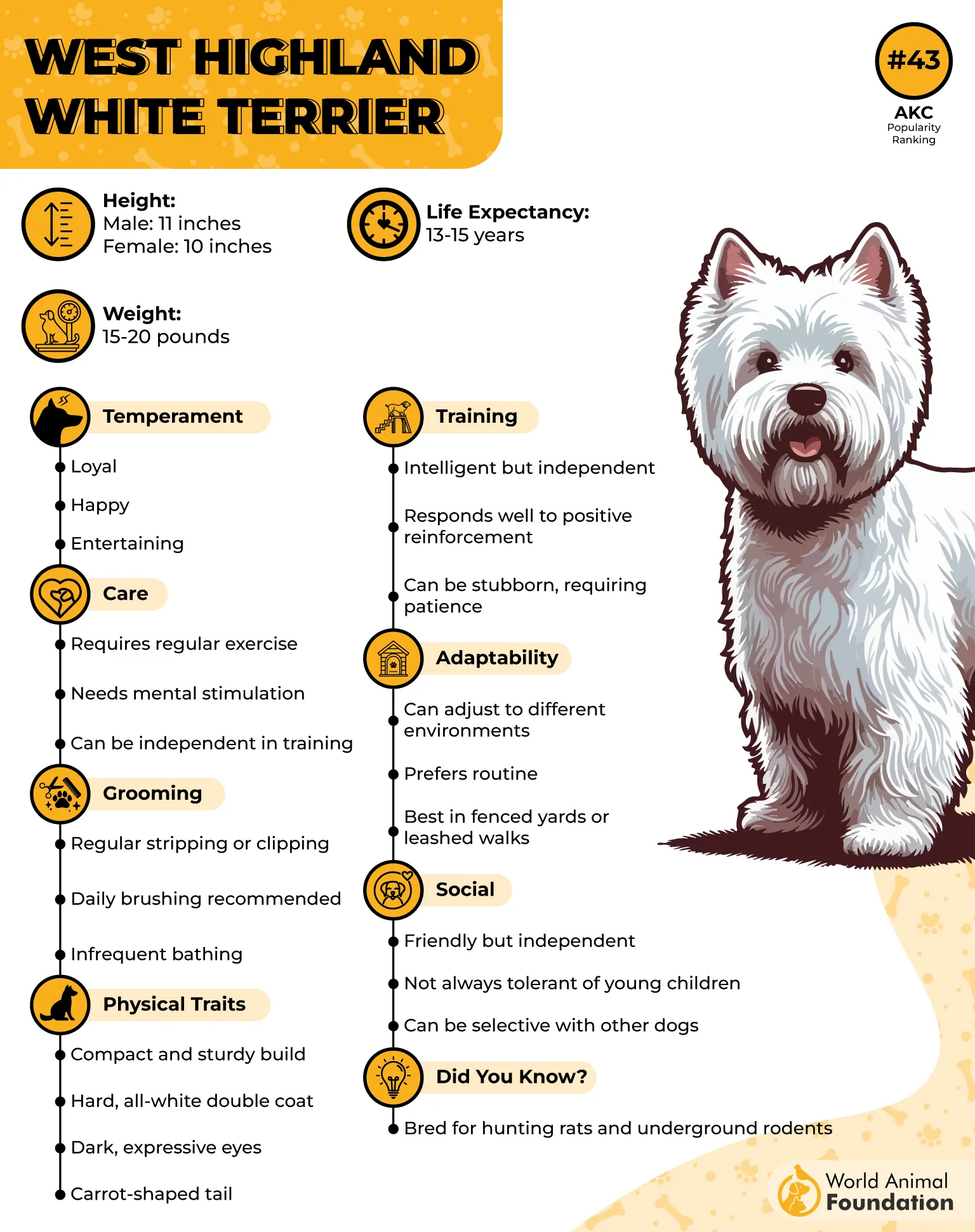
Strong Territorial Behavior
These dogs treat their indoor space as a closely guarded zone, including areas near doors and windows. When they spot movement near these zones, like a bird resting on a sill, they often bark until the activity stops. This protective trait is common in small terriers.
Daytime Vigilance
Westies tend to stay alert throughout the day and are rarely passive about unexpected sights or sounds. This makes them reliable at detecting even low-level activity around windows. Frequent barking in response to birds is often linked to their persistent daytime energy.
Conclusion
Some dogs bark at every flap of wings, and for others, it’s just part of being alert. A bird landing on a window might not seem like much, but for dogs with sharp instincts or floppy ears that catch every sound, it’s reason enough.
Whether it’s a small terrier or one of the bigger dogs with a watchdog heart, the behavior often makes sense when you look at the breed. Try offering a chew toy or blocking the view if needed. For truly dog-safe spaces, understanding triggers like birds or even dogs passing can really help.


